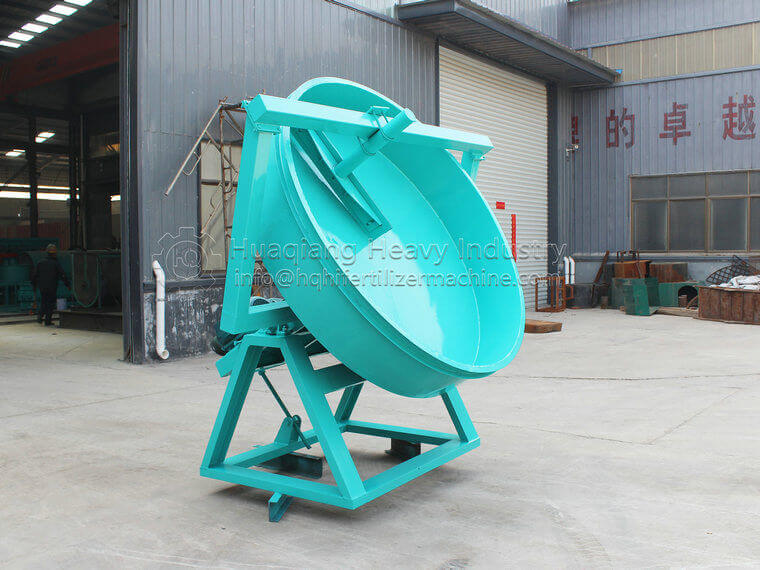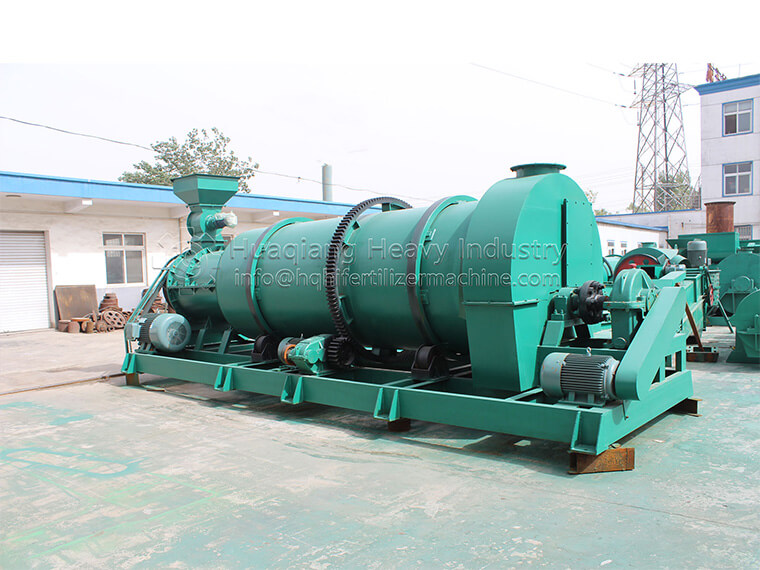How much is a set of small organic fertilizer production equipment
Pig manure, cow manure, and chicken manure, duck manure belong to livestock and poultry manure, and are one of the very good raw materials for making organic fertilizers. The nutrient content in livestock and poultry manure is very high, which plays a significant role in improving soil fertility. However, primitive animal manure cannot be directly applied to the soil because it contains a large amount of harmful bacteria. If applied directly to the soil without killing it, it will cause soil pollution. Moreover, most of the nutrients need to be decomposed before they can be absorbed by the soil. If fermented in the field, the resulting high temperature will have an impact on crops and cause the seedlings to burn to death..jpg)
How much is the cost of small-scale organic fertilizer processing equipment? Small scale organic fertilizer processing equipment usually refers to small organic fertilizer equipment with an annual output of several thousand tons. The commonly used household organic fertilizer processing equipment requires the following equipment: stacker equipment, shredder equipment, packaging machine, and fermentation tanks can be selected according to the situation. Usually, household organic fertilizer processing equipment without a fermentation tank can produce household organic fertilizer for tens of thousands of yuan. If you need to purchase a fermentation tank, the price is about 300000 yuan to achieve household organic fertilizer production.
Is small organic fertilizer production equipment cheap? How much is a set? The small-scale organic fertilizer production equipment costs 30000 to 200000 yuan, and each configured organic fertilizer production line varies. The low configuration of the chicken manure and pig manure organic fertilizer production line only requires a grinder, mixer, granulator (optional), screening machine, and packaging machine. Therefore, the prices of the entire organic fertilizer production line range from tens of thousands to hundreds of thousands.
Small scale organic fertilizer processing equipment is not what we imagine to be fixed equipment, but needs to be determined based on the on-site site and materials. For example, chicken manure has a relatively high moisture content, and during fermentation, the moisture must be reduced. Corn cobs and other materials that can be crushed with straw can be added, otherwise they cannot be granulated. Sheep manure is relatively dry, and if the moisture is controlled during fermentation, it can be directly granulated without the need for straw, The equipment used varies depending on the process.



.jpg)


.jpg)

